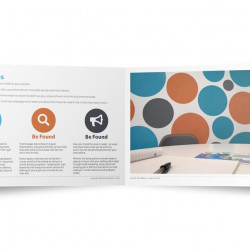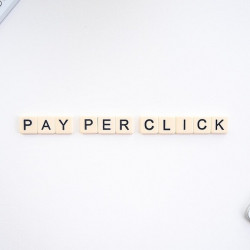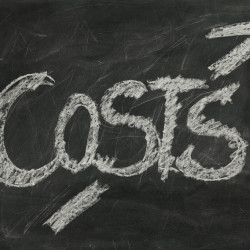The process of contacting your leads and nurturing them so that they convert into paying customers can be long winded and you might not know if you're helping them at all. You need to make sure that each interaction is happening at the right time for your lead, so that you're always coming across as helpful.
The problem is, each lead has a different journey and will reach the stages at different times. So how do you know if you're reaching the right person, in the right way, at the right time?
Map out your customer journey
Every customer will have a slightly different journey, however, they usually follow the same pattern.
1. Acquisition
This is where your lead is looking at the different companies they can go to for the solution to their problem. Remember, you need to make a good first impression to them so that you can stand out from the crowd.
You'll need to introduce them to your brand, demonstrate your expertise, and position yourself as someone who can be trusted.
- Welcome emails can point leads to specific blog posts that can help them to understand their problems, or direct them to pages on your website that explain your offering in more detail.
- Share content about what you offer, but avoid the hard sell (you don't want to scare them off).
- Provide discount codes, or an option to sign up for a whitepaper, then gather any necessary information for any future marketing.
2. Consideration
Your lead is still looking at the different options available to them, but they have started to narrow it down. This means you need to keep them keen and keep them engaged with your brand which can help you to stick in their mind for when they are ready to purchase.
Automating your emails can help you bring the person back to your website.
- A cart abandonment email reminds people to come back to your website to complete their purchase with you.
- Retargeting emails can nudge users to come back and consider buying items they have previously viewed on your website.
- If a user has opened an email newsletter, but neglected to click through to any of the content, a follow-up email could remind them of the opportunities they missed.
3. Decision or purchase stage

Your lead has made a decision and now needs the encouragement and confirmation of knowing they have made the right choice.
This is the point they start asking specific questions about your business and services. If you find that you have the same questions popping up again and again, it can be worth adding the answer to your FAQ section, or writing a blog article that explains it in depth.
The following methods can be useful for your marketing in this stage of the journey:
- Sending discount or free shipping codes to buyers who have been on the fence for a while.
- Providing educational content such as whitepapers or webinars
- Thank you emails and requests for feedback or reviews can then be sent right after the purchase.
Obviously these will have to be adapted for your business and the type of work that you carry out (obviously, if you provide software you don't need to offer free shipping etc.).
4. Retention
Most businesses don't want their customers to only be one time deals, you want them coming back time and time again.
- If you have a regular customer, offering them a special VIP offer can be a good way to ensure they keep coming back to you.
- If you have a customer who regularly buys from your brick and mortar store, reach out to them about your website and the different shipping methods you could use for them (if applicable).
- If you keep track of your customers birthdays and anniversaries, you can send them discounts and offers around this date which can help you to build and maintain the relationship with them.
5. Re-engagement
You can do everything right, but still end up losing touch with your customers. This is where re-engagement can help you.
You may decide to send a catch up email after 120 days, 240 days and 360 days of purchase from you. These catch up emails can help you stay in your customers' minds.
Next steps
If you feel as though you don't have time to keep in touch with your customers on a large scale, get in touch with us to see which of our solutions would work best for you.





